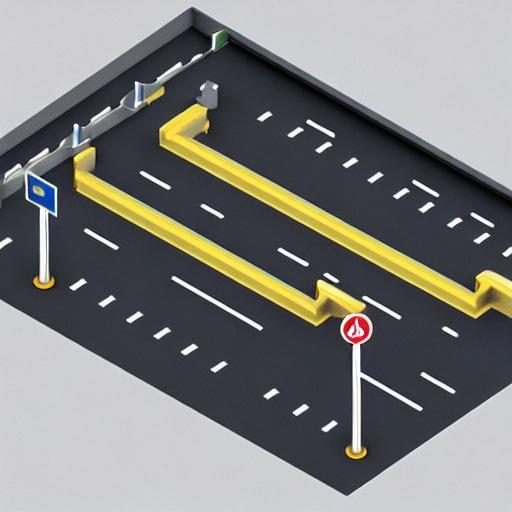
Internal linking is a crucial aspect of website optimization that often gets overlooked. When done right, it not only enhances your website’s search engine optimization (SEO) but also improves the user experience and encourages visitors to explore more of your content. In this article, we will dive into the importance of internal linking structures and how to implement them effectively on your website.
Internal linking involves linking different pages on your website together using hyperlinks. These links can be used to connect related topics, resources, or services, making it easier for users to navigate and find the information they need. From an SEO perspective, internal linking helps search engines understand the relationship between different pages, which can improve your website’s visibility and ranking in search results.
One of the key benefits of internal linking is its impact on SEO. When search engines crawl your website, they follow the links to discover and index new pages. By strategically linking to relevant content within your site, you can improve the visibility of those pages in search results. Additionally, internal linking can help distribute link equity (also known as link juice) throughout your website, boosting the authority of your pages and improving their chances of ranking higher in search engines.
Internal linking also plays a significant role in improving the user experience on your website. By guiding visitors to related content, you can keep them engaged and decrease the bounce rate. When users easily find what they are looking for, they are more likely to spend more time on your site, resulting in increased conversions and business growth. It is essential to create a seamless browsing experience by linking relevant pages within your website’s content, providing your visitors with additional valuable information and resources.
Now that we understand the importance of internal linking structures, let’s explore some best practices to implement them effectively:
1. Relevant Anchor Text: Use descriptive anchor text that accurately reflects the content of the destination page. Avoid using generic terms like ‘click here’ or ‘read more,’ as they don’t provide any context for the user or search engines.
2. Deep Linking: Don’t limit your internal links to just the homepage or main navigation. Instead, link to specific pages within your website’s architecture, ensuring a more comprehensive coverage and distribution of link equity.
3. Contextual Links: Embed links naturally within your content, where they provide contextual relevance. This way, visitors will be more likely to click on them and explore further.
4. Site Structure: Ensure that your website is well-organized and easy to navigate. A clear and logical site structure makes it easier for both users and search engines to find and understand your content.
5. Link Priority: Give priority to the most important pages on your website by linking to them from multiple high-traffic pages. This helps search engines recognize the importance of those pages and improves their visibility.
In conclusion, internal linking structures are an essential aspect of website optimization. By implementing them effectively, you can boost your website’s SEO, enhance the user experience, and encourage visitors to engage with your content. So, don’t overlook the power of internal linking in driving organic traffic and improving conversions on your site.








